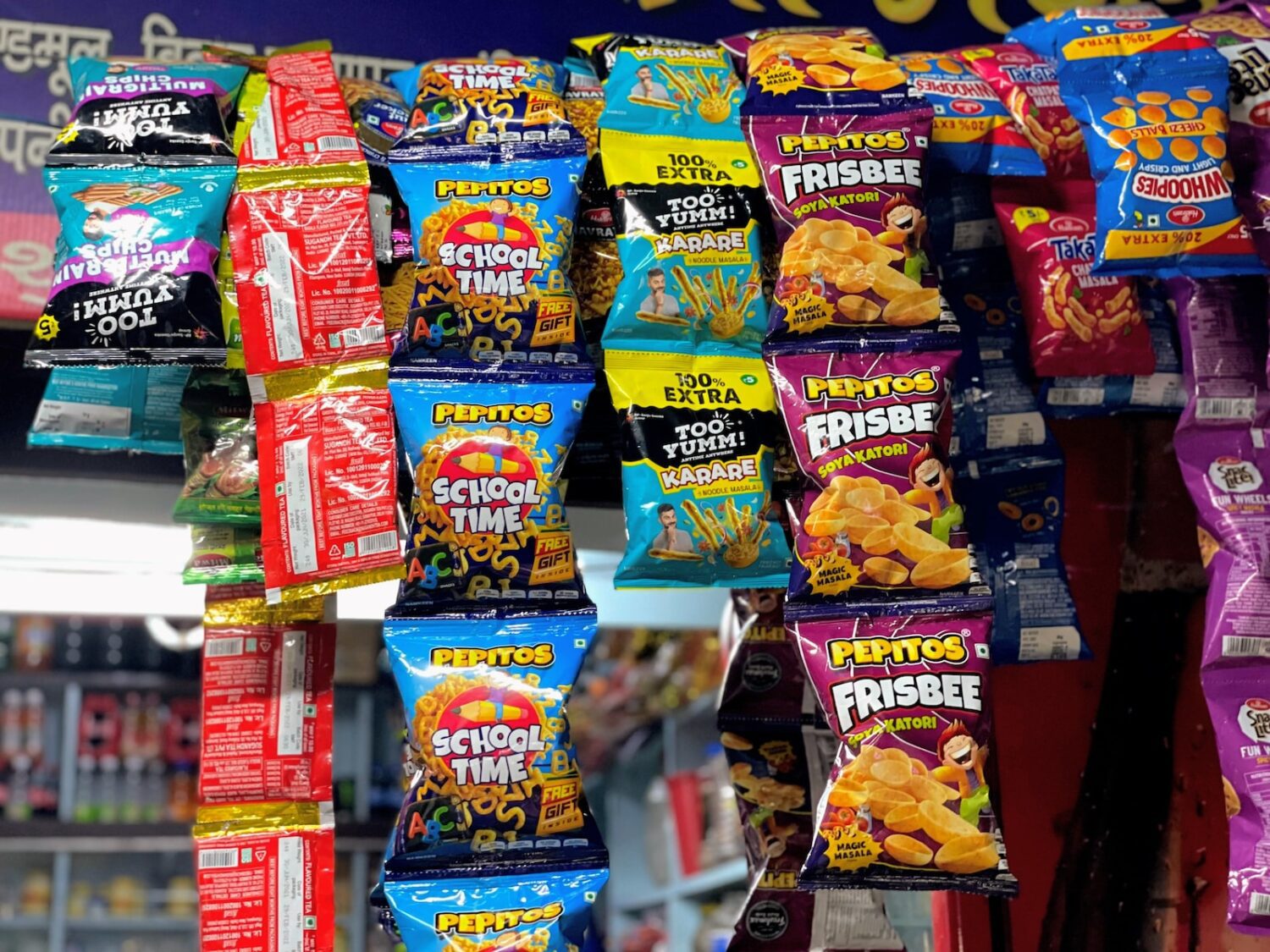Probably more than once you have been disappointed by the fact that another packet of chips, which you hoped to support, is half empty. However, this extra space is there for a reason. In this way, manufacturers want to protect their delicate products purpose during delivery. When the packets are stacked on top of each other or pushed into narrow spaces, it is this gap that acts as an air cushion. Accordingly, the chips remain intact. The air in the sachet is not the most common – it is nitrogen. Oxygen can spoil potatoes and make fat rancid. The moisture in the air around us moistens the chips. Thanks to nitrogen, food stays fresh. This was proven in a study conducted in 1994. This chemical element does not harm us – 78 percent of the air we breathe is nitrogen. However, this does not justify the huge empty space that the gas occupies in a packet, which should be full of food.
A law passed in the United States in 1966 required manufacturers to write down the net weight of their products so as not to mislead consumers. However, these regulations are rarely required. At the same time, when they see a large package, people automatically assume that it means more food. The solution? Read the labels.
In conclusion – although the extra space in the packages helps to preserve the product, sometimes companies try to mislead the end user, increasing the gap unnecessarily and creating the illusion of more.












